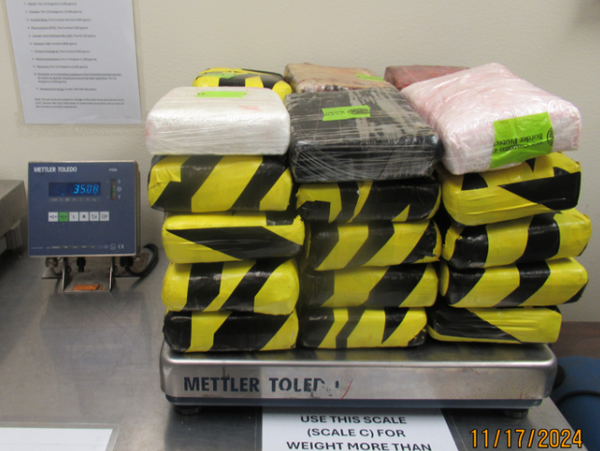
- R Symons Electric Vehicles, a U.K.-based electric vehicle dealer, drove two nearly identical Tesla Model 3s 200 miles for a range and efficiency test.
- Despite one car having 225,000 miles, it was just as efficient as the 18,000-mile example it was up against.
- This is good news for EV shoppers, as it's further proof that batteries and motors tend to perform well for longer than most people keep their cars.
How many miles is too many?
That's a question I get from car shoppers a lot. The answer is, of course, that it depends. The vehicle itself, how it was serviced and what you intend to do with it all factor in. But if you want efficient, reliable transportation and you're shopping for a Tesla Model 3, I'm starting to think that mileage doesn't matter.
This video from R Symons Electric Vehicles makes the case clear. In it, the EV dealership tests a Tesla Model 3 Long Range with 18,000 miles against a nearly identical one with 225,000 miles over 200 miles of real-world driving. Both vehicles are the same age, same color and have the same wheels. The only difference is the mileage and the tires, with the high-mileage car on newer, grippier tires. It should get smoked.
It doesn't.
The low-mileage example returns 4.55 miles per kilowatt-hour, while the high-mileage car gets 4.51 miles per kWh. That's a great showing. The tiny variation there could be entirely explained by the tire difference, or even random chance, as it's less than 1%. Measured by what percentage of the battery both vehicles used over 200 miles, the result was "exactly the same," as the host notes. Both vehicles used 65% of the battery.
Given that the 225,000-mile car still has 89% of its original battery capacity, it's not surprising that it can handle a 200-mile trip with plenty of range in reserve. Its fast-charging capability still works, too, and it's on the original motor and battery pack.
To me, that's representative of a bright electric future. Because while most people don't realize this, internal-combustion engines get less efficient as time goes on. My 232,000-mile truck certainly isn't as efficient as when it was new, and it's had plenty of components, seals and hoses replaced. The fact is that gasoline engines are just far more complicated than electric powertrains, which means there's more to maintain, and more to go wrong.
The only comparative long-term downside to EVs is that you have to worry about battery degradation. But as this video and plenty of data shows, it's not going to be a problem for the vast majority of owners. Whether you drive 250,000 miles in your new EV or barely drive it over 10 years, the battery should be just fine.
Contact the author: Mack.Hogan@insideevs.com







